deepeye.hu
Astronomical Drawings of Peter Kiss
Astronomical Drawings of Peter Kiss




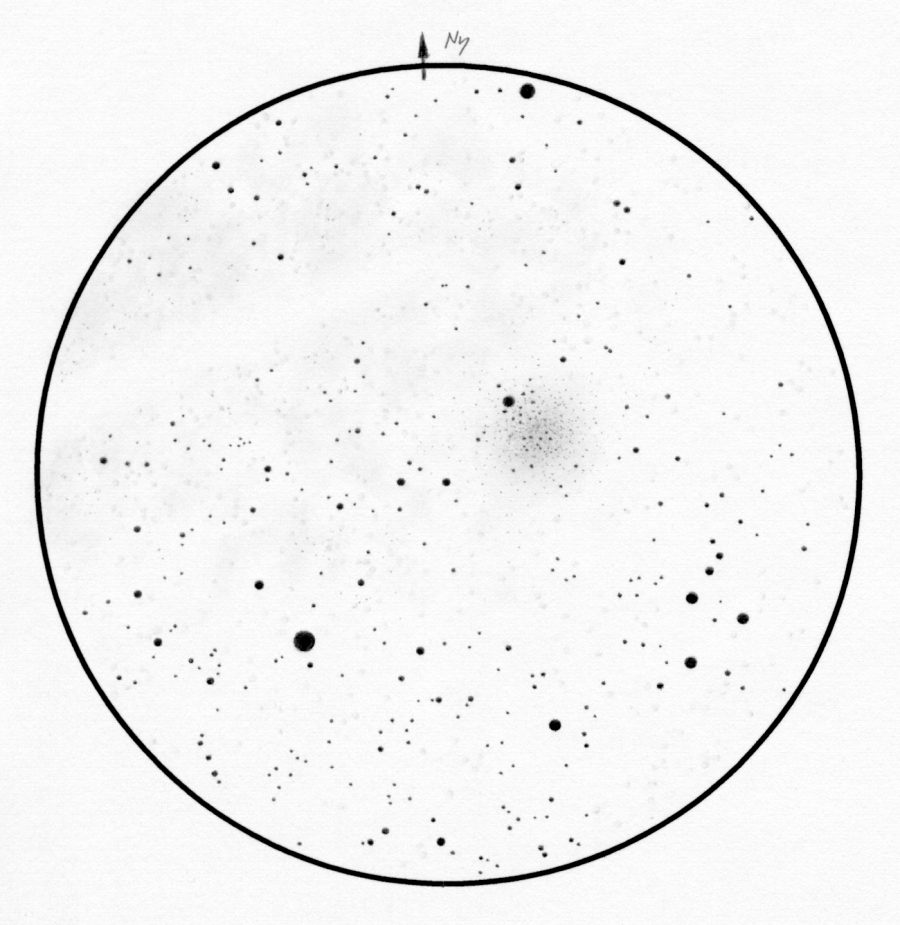

Months before our journey to Namibia I was leafing through the map and this field stroke me: a globular cluster and a long dark nebula next to bright stars (Gamma Muscae is bottom left of the center). I got to be curious and started to build expectations. Taking a look into the telescope this field captured me and fulfilled my expectations immediately. Bright stars frame the not too bright and misterious NGC 4372 globular cluster and the Milky Way is glowing in the background (actually foreground). The Dark Doodad hides a considerable part of this Milky Way star carpet. The globular cluster is more or less resolved. More than just mottled. It is not very bright and many tiny faint stars are visible in it and a good dozen somewhat brighter ones. Many of these can be drawn by position. To my surprise the dark nebula is clearly visible though its right side is very diffuse. Going towards the left there is more contrast. With the small telescope (and large field) one can easily walk the whole length of the Dark Doodad.
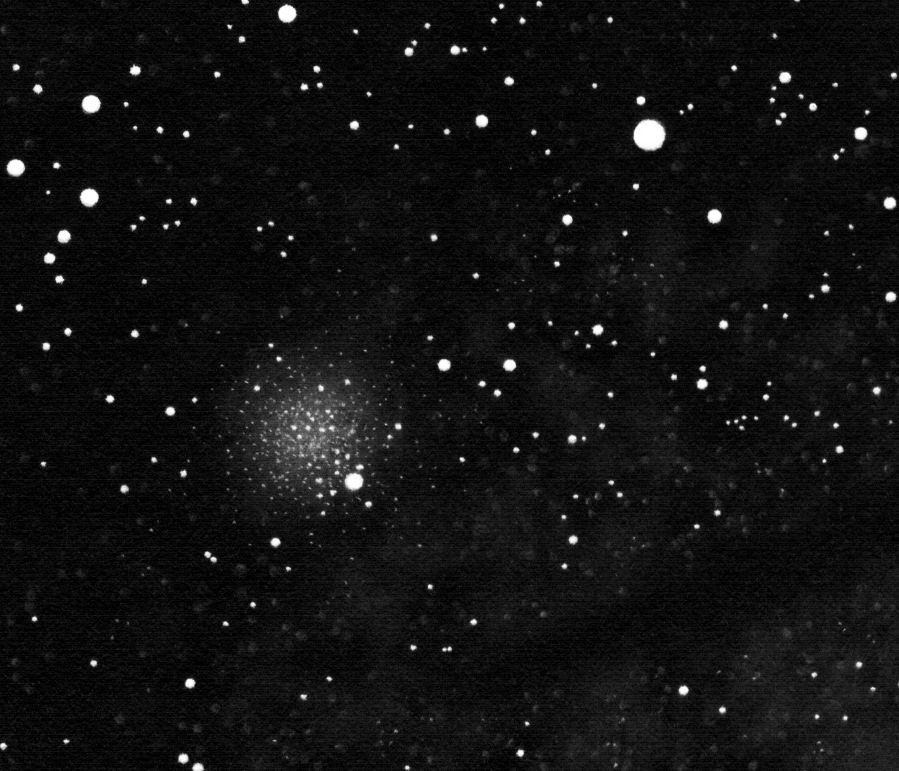
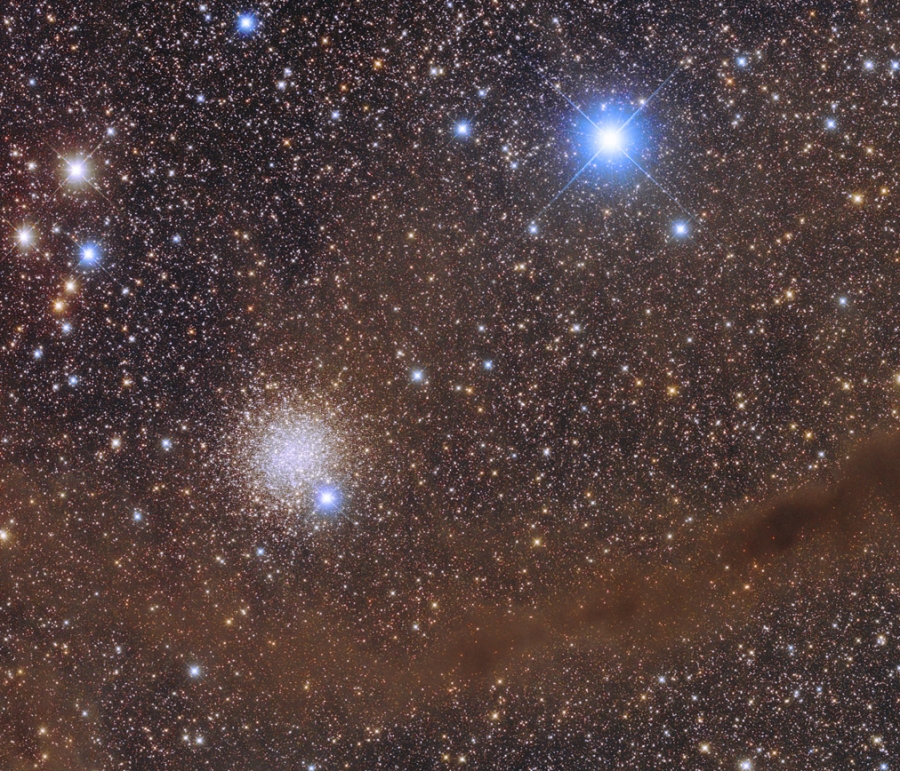
The photo on the left, courtesy of Iván Éder was made using a 20 cm astrograph at the Hakos astrofarm as well. Iván's original photograph has been cropped and my inverted drawing rotated to show a similar area of the sky. It is worth taking a look at the original photograph as well because I cut the most interesting part of it - the most prominent part of the dark nebula. It is not present in the drawing, nevertheless it was very spectacular in the telescope.
Apart from the colors I think both the details and the whole feeling of this object were apparent in the telescope looking at it live.
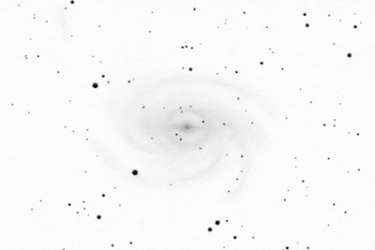
Pavo galaxy
The grand spiral galaxy of Pavo
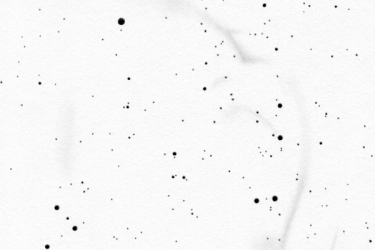
Panorama drawing
Huge and faint supernova remnant in the southern sky
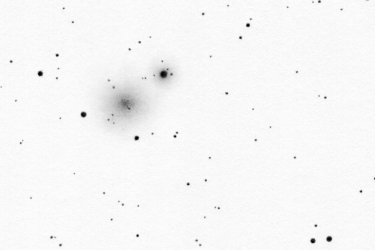
Centaurus globular cluster
The second globular in Centaurus
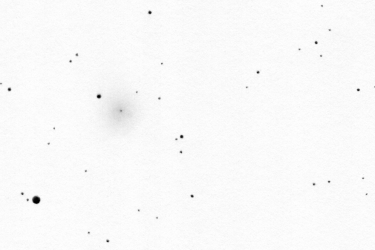
Apus globular cluster
Globular cluster close to the Southern celestial pole
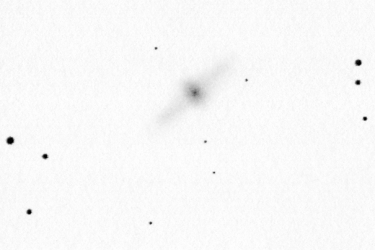
Centaurus galaxy
Polar ring galaxy
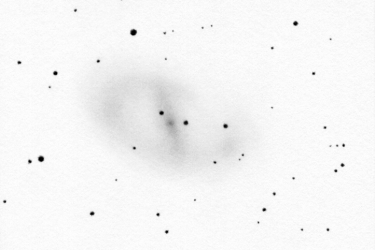
Ara galaxy
Barred spiral galaxy in the thick of the Milky Way